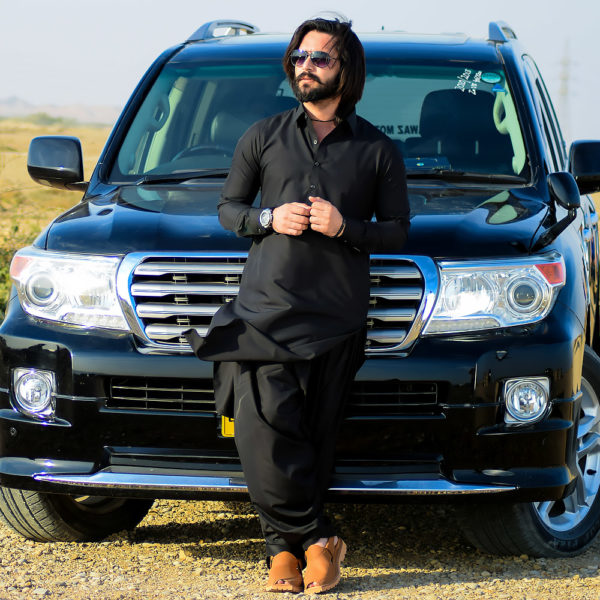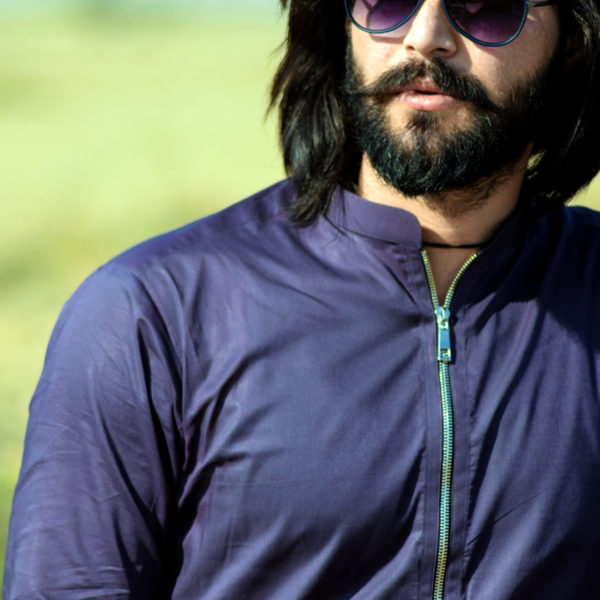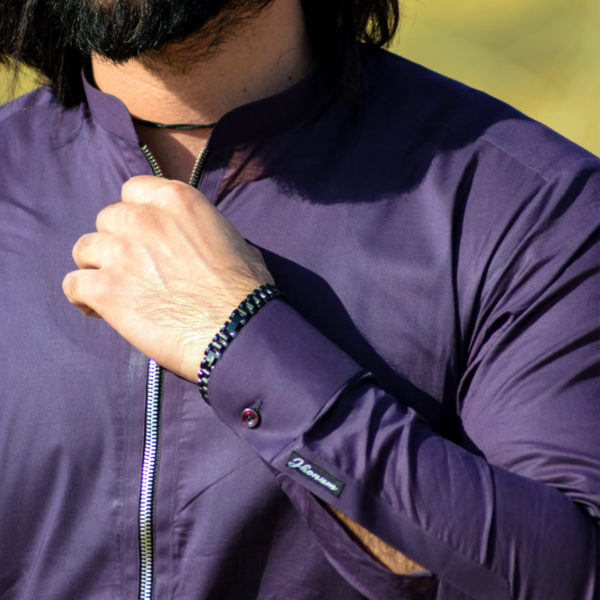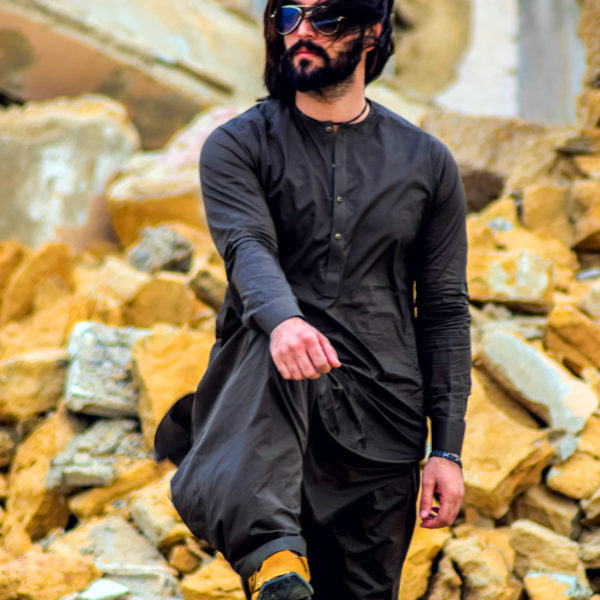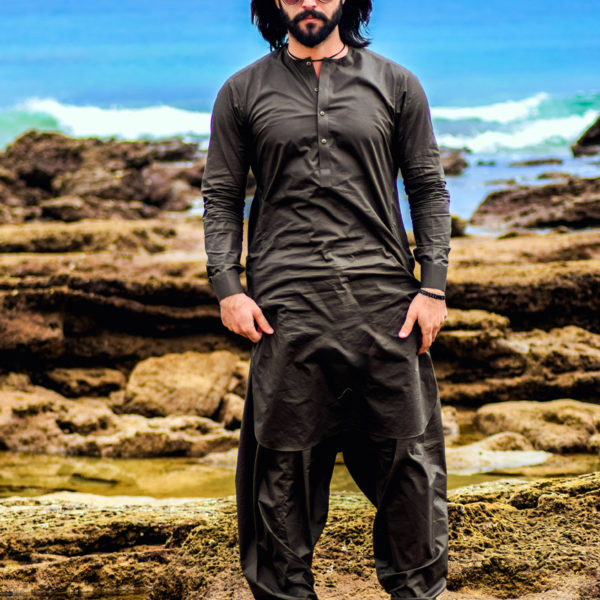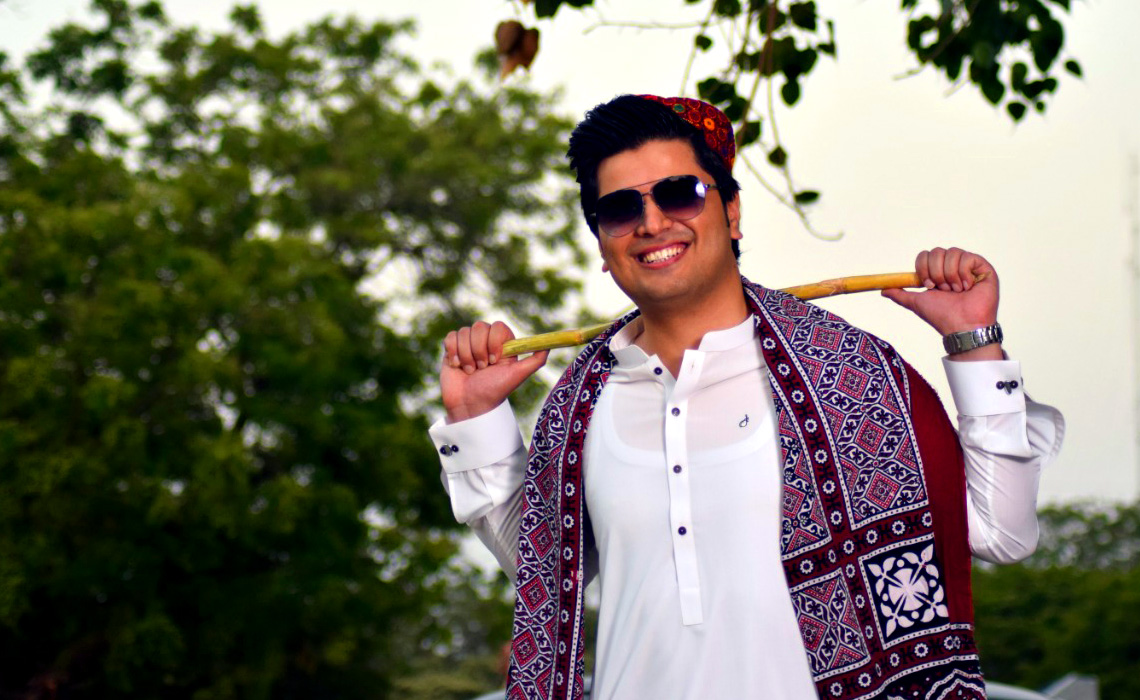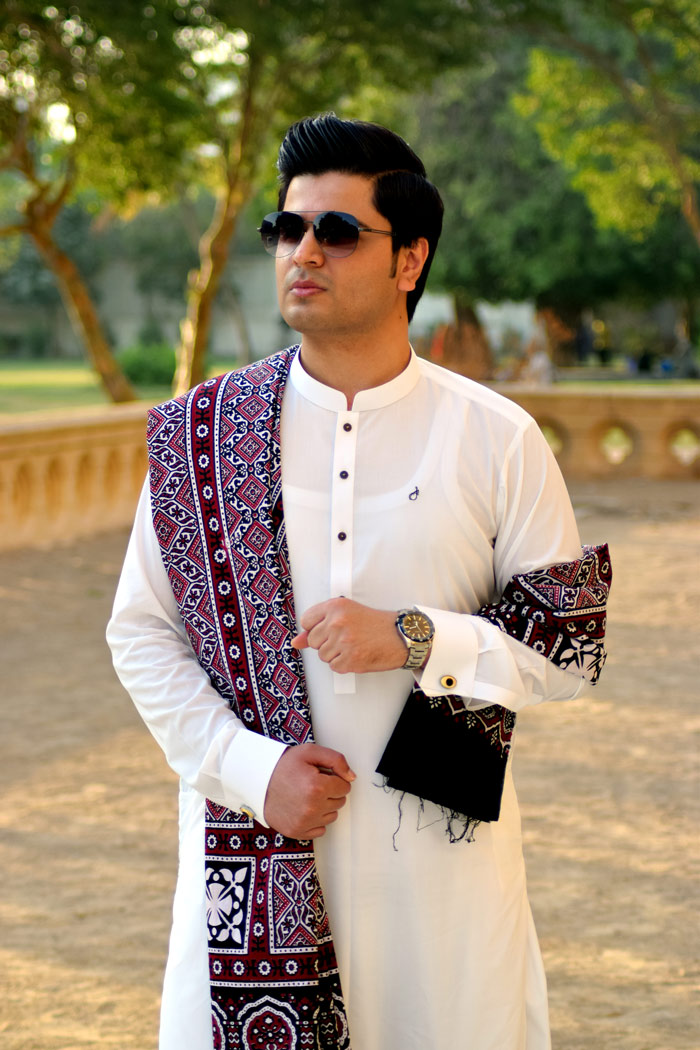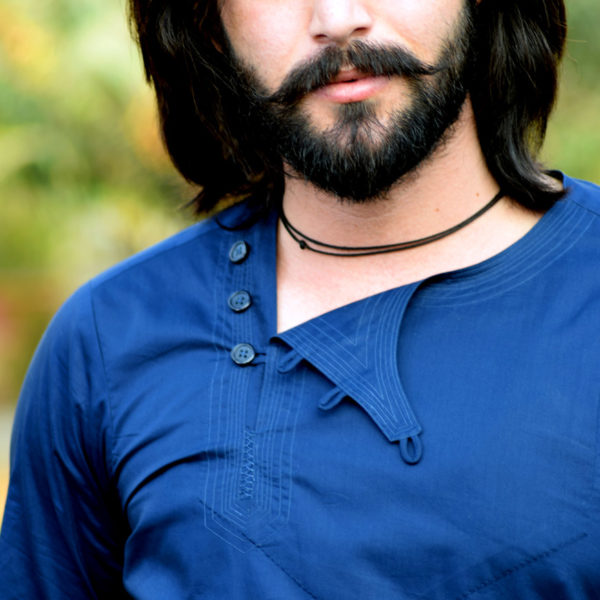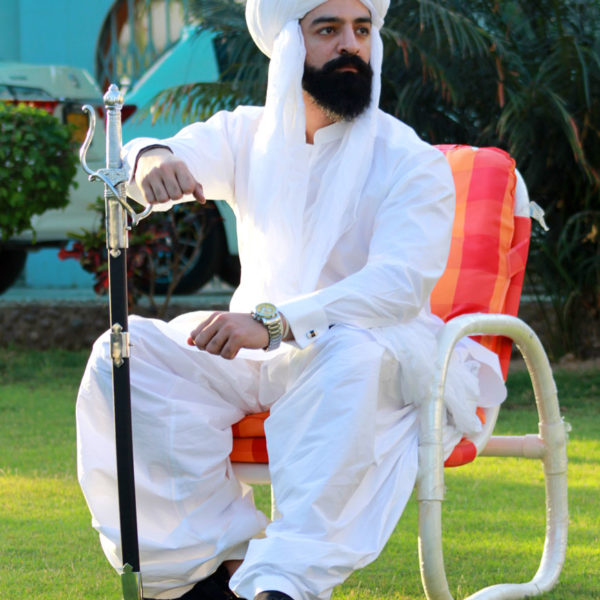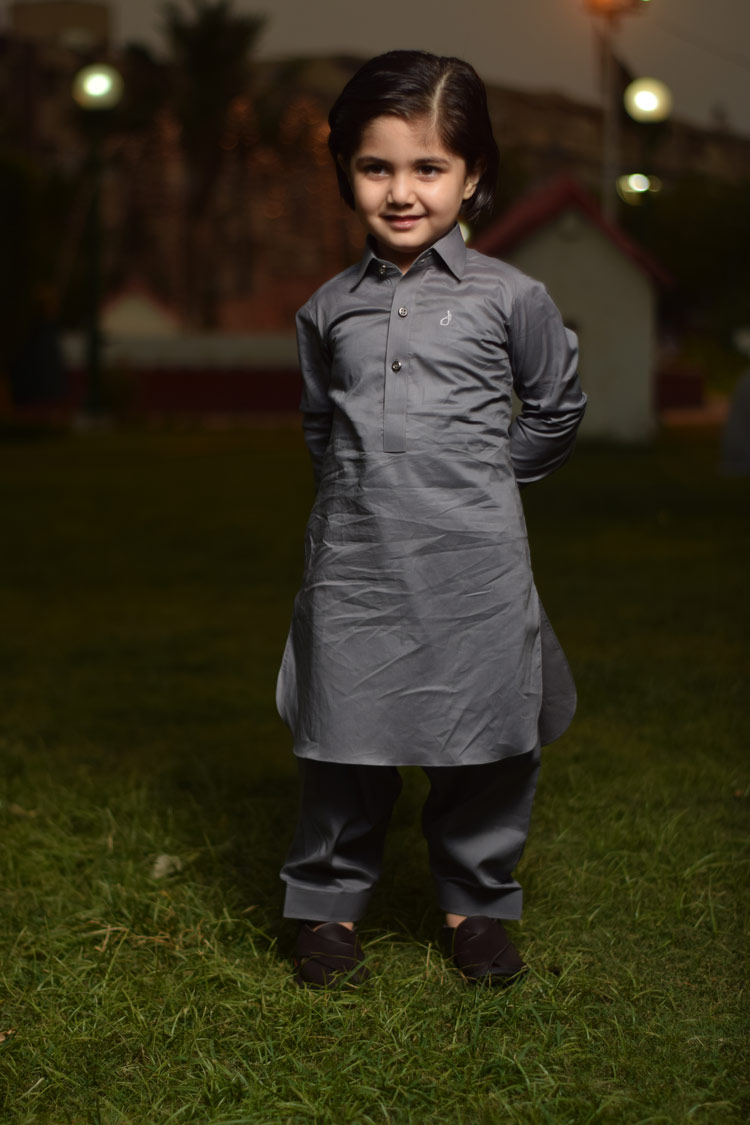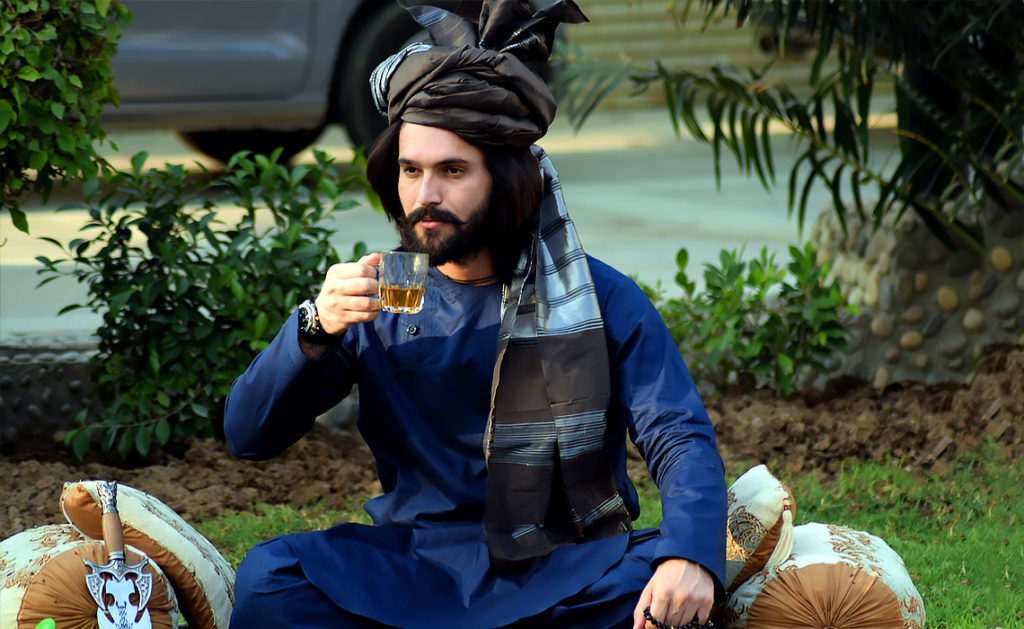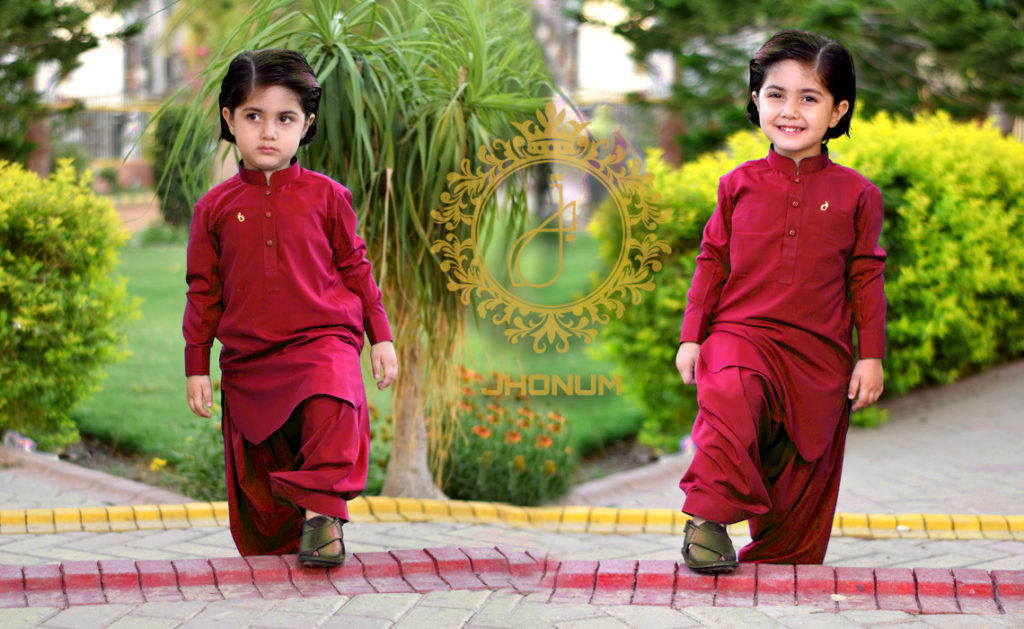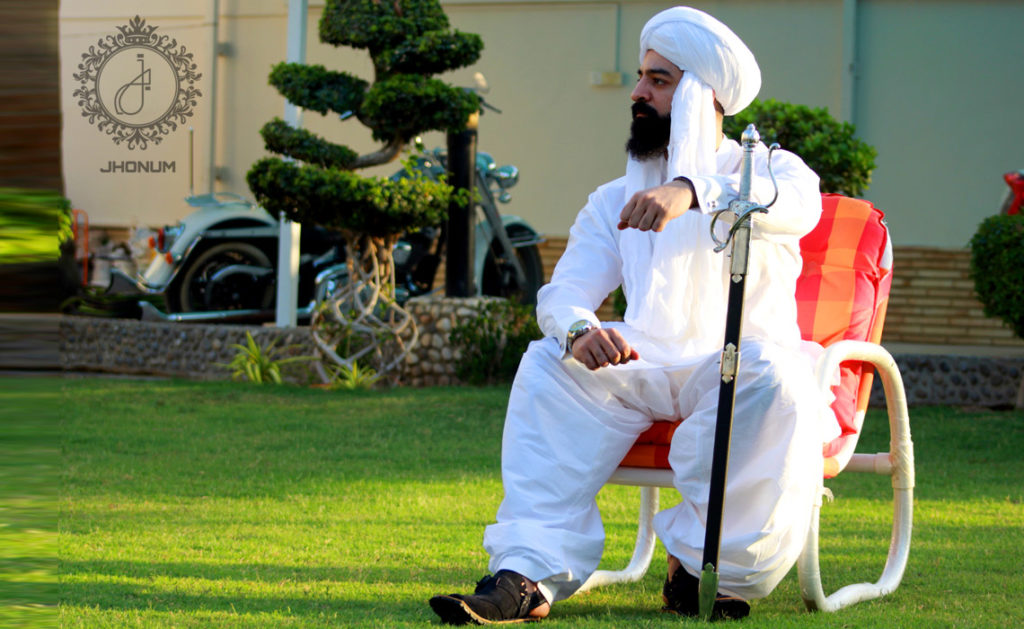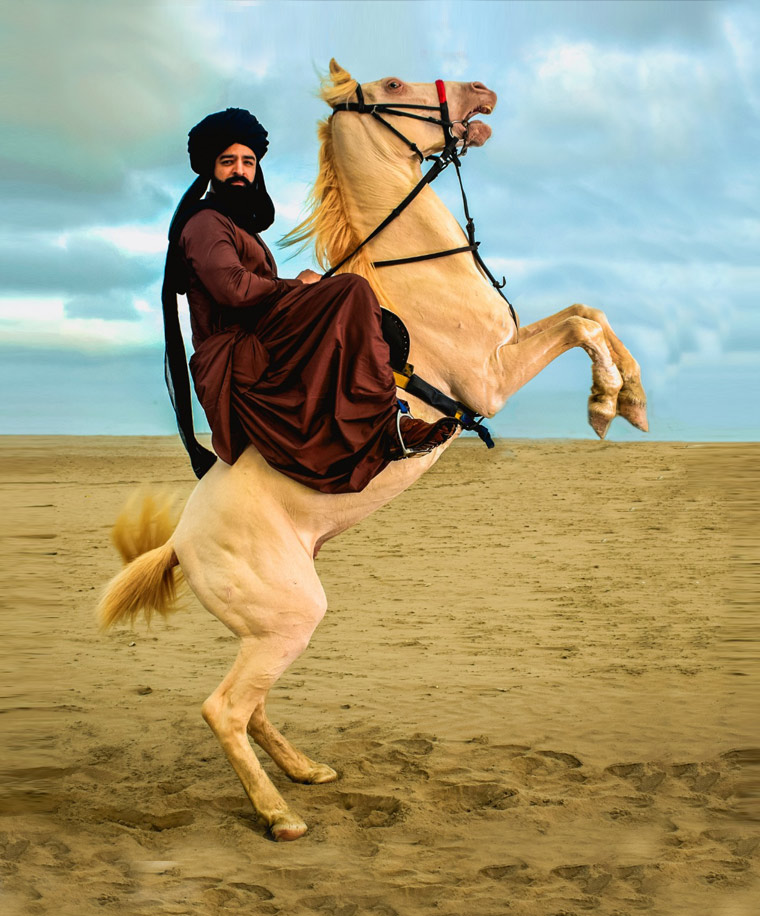The Sindhi culture is one of the ancient cultures that has existed in Pakistan and continues to thrive to this day. Sindhi cultural day will be celebrated on Sunday, December 1, 2019.
Sindh is where ancient archaeologist sites such as Mohenjo-daro exists which was built around 2500 BCE, which is the world’s earliest major cities with largest settlements of the Indus Valley Civilization.
The traditions of Sindh have an upper hand over the others due to the fact that the Sindhi traditions are not just part of the Sindhi heritage but are loved by everyone from all ethnicities found in Pakistan whether they are Punjabi, Balochi or Pashtun.
This is what makes this so unique and popular amongst the nationals; anyone can adopt it and celebrate it to the fullest. Speaking of celebrations, the Sindhi customs are celebrated on the first Sunday of every December, the first week of December basically.
This day is celebrated not only in the province of Sindh but is observed throughout Pakistan with a lot of love and passion which keeps on increasing at a quick pace every year. Rallies are carried out by men and women of all ages in the traditional Sindhi attires and it becomes difficult to differentiate between the Sindhis and the others. Such is the power of this way of life, it unites everyone.
As the Information Minister Fawad Chaudry stated in a press conference while extending his greetings to the Sindhis that:
“The colorful land of Sindh was free of prejudice, hatred, intolerance and division amongst its people”
The rallies include dancing to Sindhi music, food stalls, folk music performances, poetry and qawalis.
1. How Men Dress Up?
When it comes to the attire worn, in this modern time the men choose to wear the national dress of Pakistan; the Kurta Shalwar with some elements that reflect the Sindhi traditions.
Most of the times males opt for a black kurta shalwar due to the message it sends, it’s simple yet exquisite. However, other colors can be worn too. The normal colors other than black include light blue, khaki, white/off white and at times maroon too.
The shalwar worn is both baggy and loose or of regular fit. At times, men choose to wear a skin tight pajama with the kurta too. The shalwar suits are normally of cotton due to the climate of province and have a crisp look to them which gives out the message that the dress is part of a royalty, acts as a status symbol. The kurtas are normally collared either with a buttoned sherwani collar or a shirt collar, round neck collars are rarely worn by Sindhi men. But again, the design to be chosen is subjective, hence varies from person to person.
The kurta shalwar does not give the wearer the traditional Sindhi look we all admire; further pieces of the attire are needed to complete the look. These “pieces” include the custom’s Sindhi cap and the specialty and identity of the Sindhi culture, the widely acclaimed “Ajrak”. The Ajrak is a long piece of cloth dyed in red and at times in blue color and is stamped with unique patterns with block printing. The Ajrak is worn around the neck with the stylish black kurtas or both the ends are left hanging on each side on the front.
Elegant Black Kameez Shalwar | Wash & Wear Suit For Men
Zipper Kurta Pajama For Men | Forget Buttons, Zip it!
Nawabi Gala – Pashtun Traditional Kameez Shalwar
Shahbazi Gala – Royal Pashtun Kameez Shalwar Suit
Crystal White Ghair Shalwar Kameez Suit
Coming to the Sindhi Topi and Ajrak, this piece of clothing is loved all over the world and is often given to guests and tourists visiting Sindh as a gesture of goodwill and display of affection by the Sindhi people. This cap is worn with the suit and the Ajrak. The cap is decorated with tiny pieces of mirror and needlework embroidery. There are thousands of patterns that are applicable to the cap; hence each and every cap is different from the other in various ways. The cap is round and does not cover the ears and has a design in the front like the one shown below.
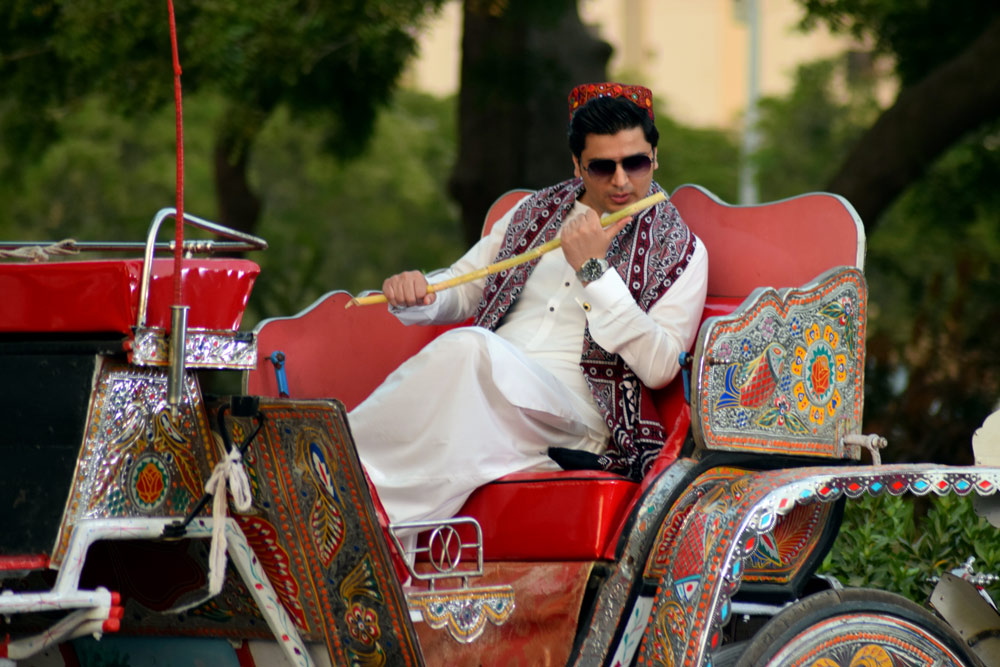 Since this day is celebrated during the month of December when it is winters in Pakistan, the Sindhi people further dress up by wearing waist coats with the above mentioned apparel which further refines the look that the earlier items give out. The waist coats can be simple such as black or khaki in color, or can be decorated ones with tiny jewels and patterned embroidery.
Since this day is celebrated during the month of December when it is winters in Pakistan, the Sindhi people further dress up by wearing waist coats with the above mentioned apparel which further refines the look that the earlier items give out. The waist coats can be simple such as black or khaki in color, or can be decorated ones with tiny jewels and patterned embroidery.
When it comes to the accessories worn along with the attire, they have their own story. The accessories include silver rings with precious jewels attached to them, the red ruby commonly known as “Aqeeq” is widely used due to its past history. Watches are worn along with masculine bracelets which give a differentiation; it is the tiny details that play a huge role. The footwear is as same as the one that all people wear, either sandals are worn or loafers are.
2. How Sindhi Kids Dress Up?
The children play a huge role in making the cultural day a success, the children are dressed up in the same way as their elder counterparts, the only difference however is, they are a lot cuter and lovely. When it comes to young girls, they wear clothes made out of the Ajrak which amplifies their cuteness to a level that no one can match.
3. How Sindhi Women Dress Up?
Speaking of females, women wear clothes similar to that of the young girls e.g. kurta shalwar made out of Ajrak print. Women also wear the traditional dresses such as Chareno, Cholo and the Sindhi Julaba. These dresses share some similar characteristics but are completely different from each other. In these modern times however, urban women wear the Sindhi kurti which ends at the knees and consists of the Ajrak patterns and embroidery along with a sherwani V-neck collar.
Trousers are worn with the kurtis or at times the skin fit pajamas along with a veil made of a color that compliments the kurti. Footwear includes decorated sandals or cultural pumpy known as “Khussay” with bright colors and needlework. Females further accessorize their outfits by wearing jewelry such as bangles, rings, nose pins and Byzantine chains with pendants. The above mentioned jewelries can be of either gold, silver. It is all up to the wearer.
One should be a part of this beautiful day at least once in their lifetime to see and enjoy the true colors of life.
